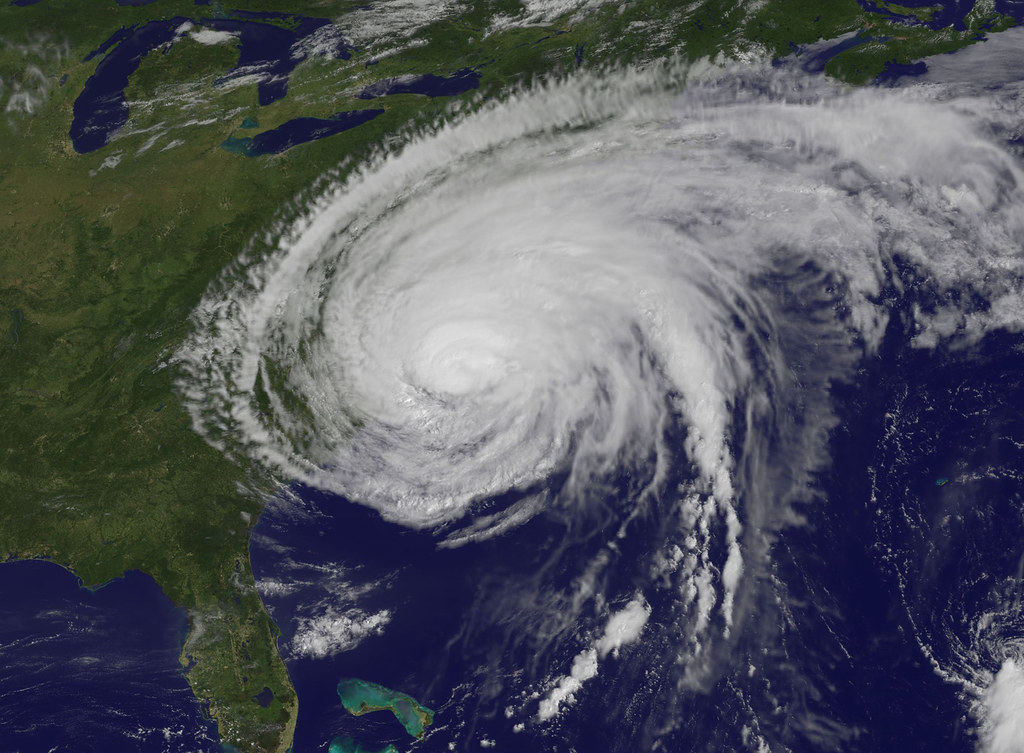- What Earth’s Magnetic Field Has to Do With Climate History - October 7, 2025
- The Science Behind Heat Domes and Their Growing Impact - October 7, 2025
- What Ancient Lake Beds Teach Us About Past Rainfall Patterns - October 6, 2025
Flash Flood Threat Expands Nationwide
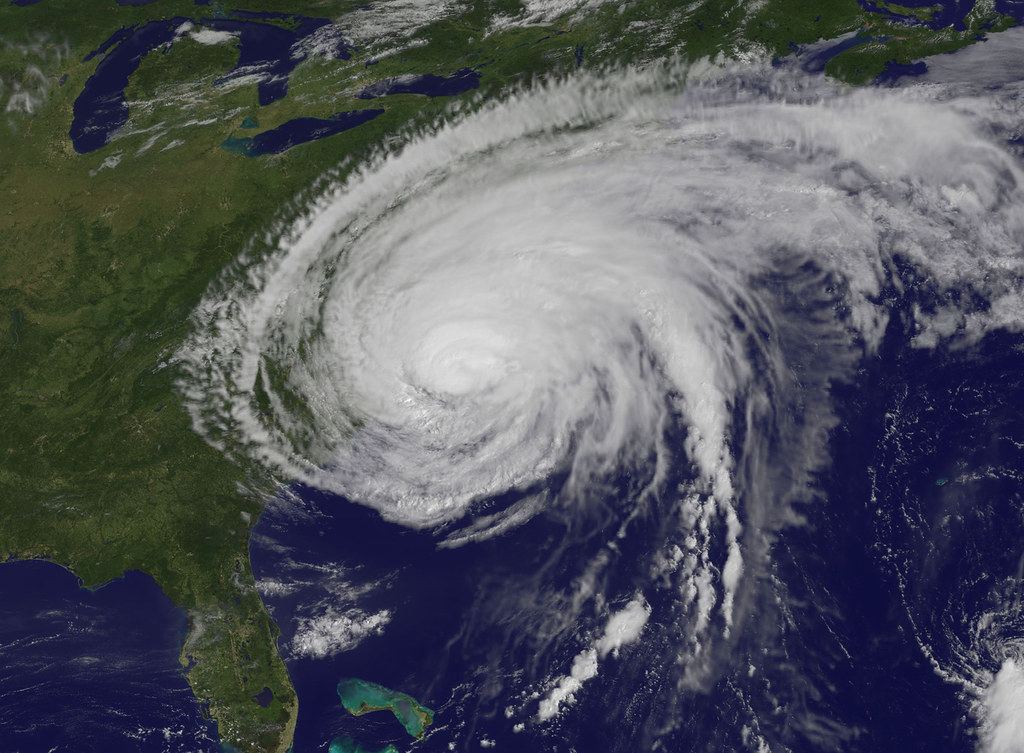
Floodwaters overtook parts of western Virginia Friday evening as more than 15 million people across nearly every region of the contiguous United States faced dangerous flash flood risks, continuing the nation’s summer of intense flooding.
July Brings Recipe for Disaster
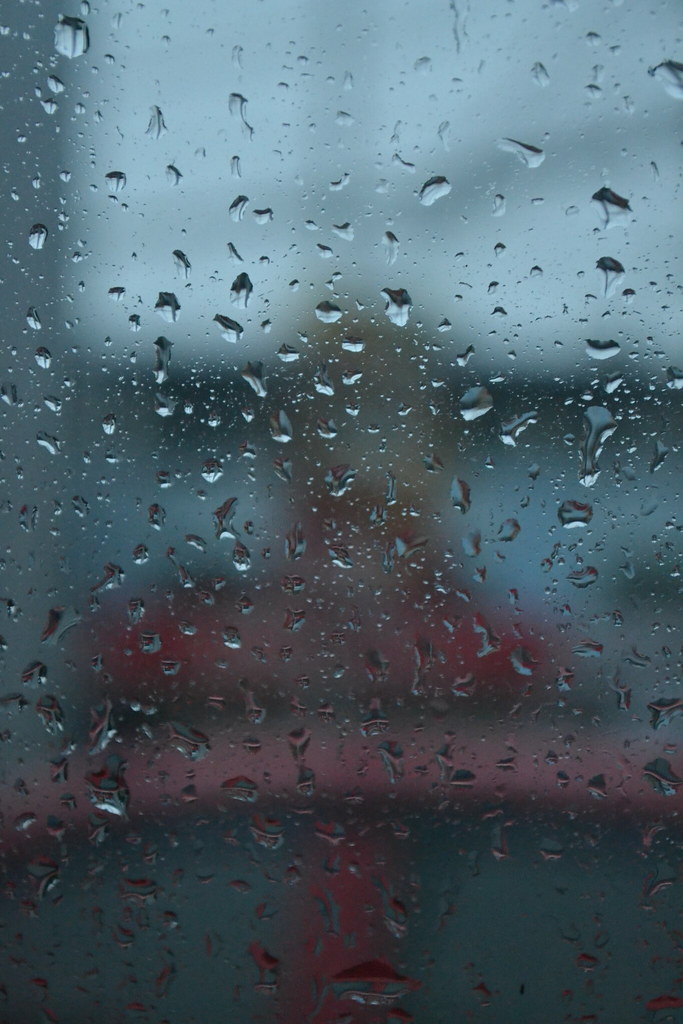
With summer heat reaching its peak, July has provided the ideal conditions for flooding rain. Extremely moist and humid air fueled most of Friday’s flood risk, enabling storms to unleash overwhelming rain in a short period.
The Areas Under Greatest Threat

According to the Weather Prediction Center, a Level 3 of 4 flooding rain threat remains for parts of northern and southeast Virginia and northeastern West Virginia, while a Level 2 of 4 risk covers sections of the mid-Atlantic, Ohio Valley, and Midwest.
Soil Saturation and Swollen Waterways
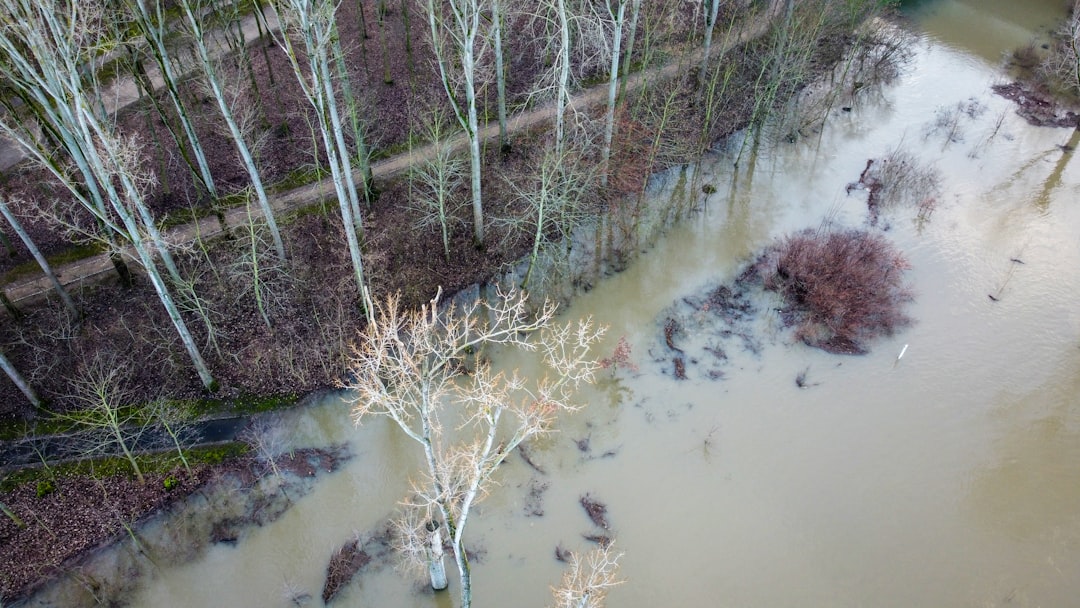
The mid-Atlantic and Ohio Valley have endured repeated rounds of heavy rain this summer, leaving the soil waterlogged and local rivers and streams swollen. A stalled storm front across multiple states brought persistent rain to the Midwest throughout Friday.
Swift Water Rescues in Virginia

Western Virginia saw significant impacts, with two people hospitalized after being swept away by floodwaters in Dickenson County. Authorities reported damage to homes, cars, and roads, but no fatalities at this time.
Dire Conditions in Russell County
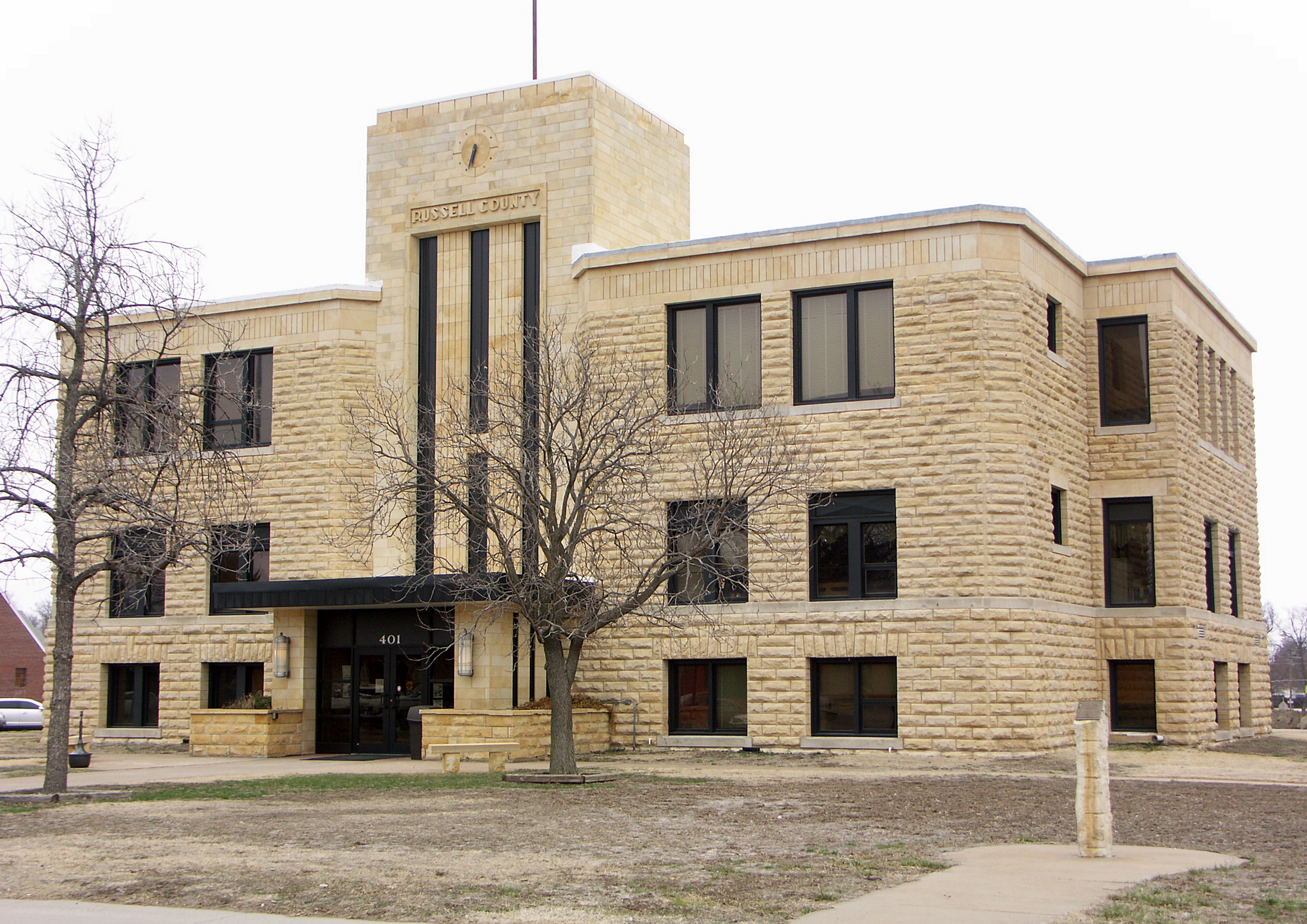
In neighboring Russell County, the situation became “pretty dire,” with significant flooding, mudslides, and downed trees. Multiple swift water rescue teams, deputies, and state police were deployed to assist.
Door-to-Door Checks and Minor Injuries

Rescue teams went door to door in Dante, Virginia, to check on residents after severe flooding. So far, only four minor injuries have been reported, according to state police officials.
Flood Emergencies Beyond Virginia
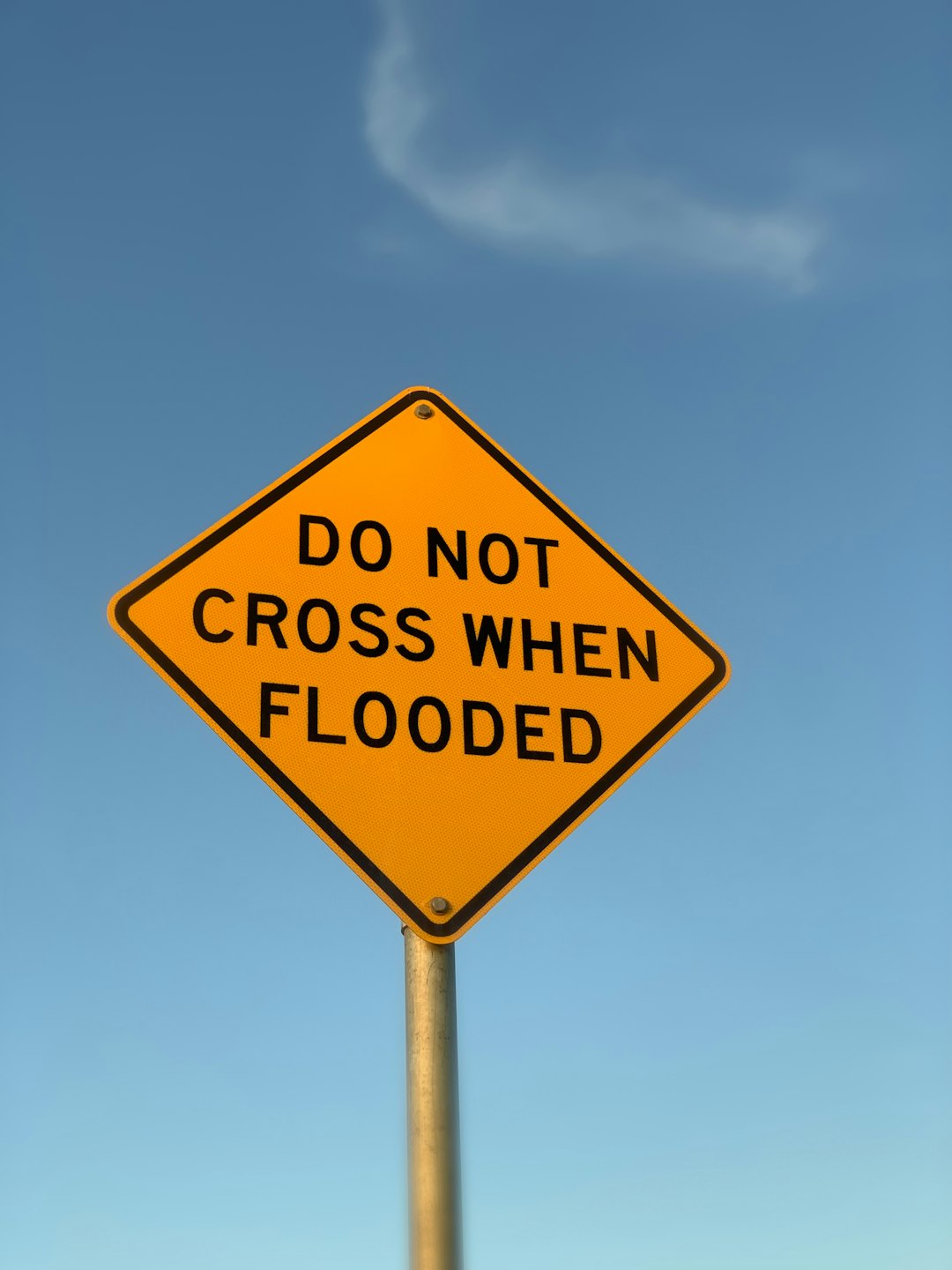
The border area between West Virginia and Virginia was hit especially hard, with already saturated soil worsening Friday’s flooding. Petersburg, Virginia, just south of Richmond, faced a flash flood emergency after severe flooding earlier in the week.
Flooding Spreads Across the Midwest and South
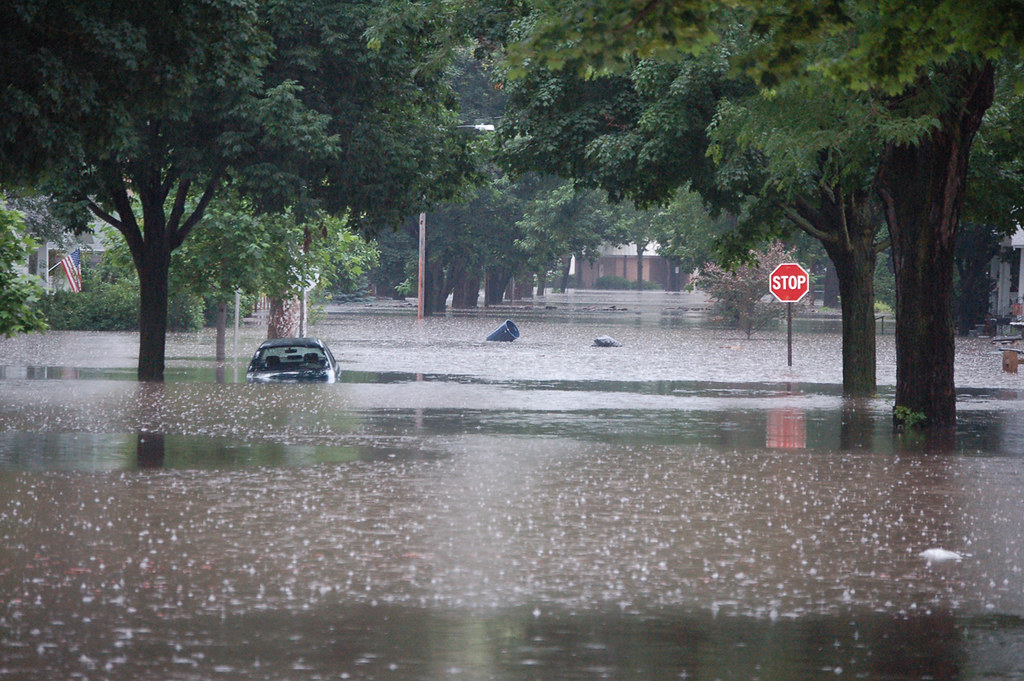
Heavy, slow-moving storms battered the Midwest Friday, with flash flood warnings in eastern Kentucky and daily rainfall records broken in Illinois, Indiana, Kentucky, Kansas, and Missouri. Vehicles were submerged in the Kansas City metro area, and late-night storms in Arkansas triggered water rescues.
Climate Change and Ongoing Flood Risks
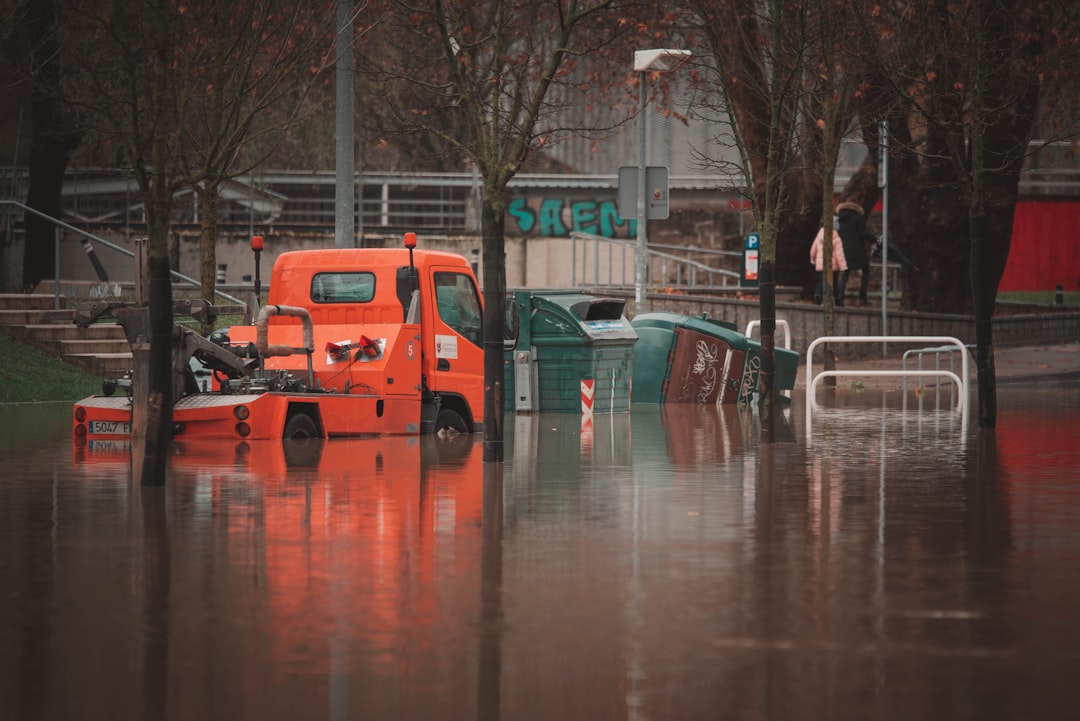
Increasingly overwhelming rainfall is becoming more common due to climate change, with nearly 90% of major US cities experiencing heavier hourly rainfall rates since 1970. Flash flooding also remains a threat in the Southwest, Rockies, and Nevada—especially in wildfire burn scars and flood-prone valleys, as seen in Ruidoso, New Mexico, where recent deadly flooding and damaged ground have made conditions especially dangerous.

